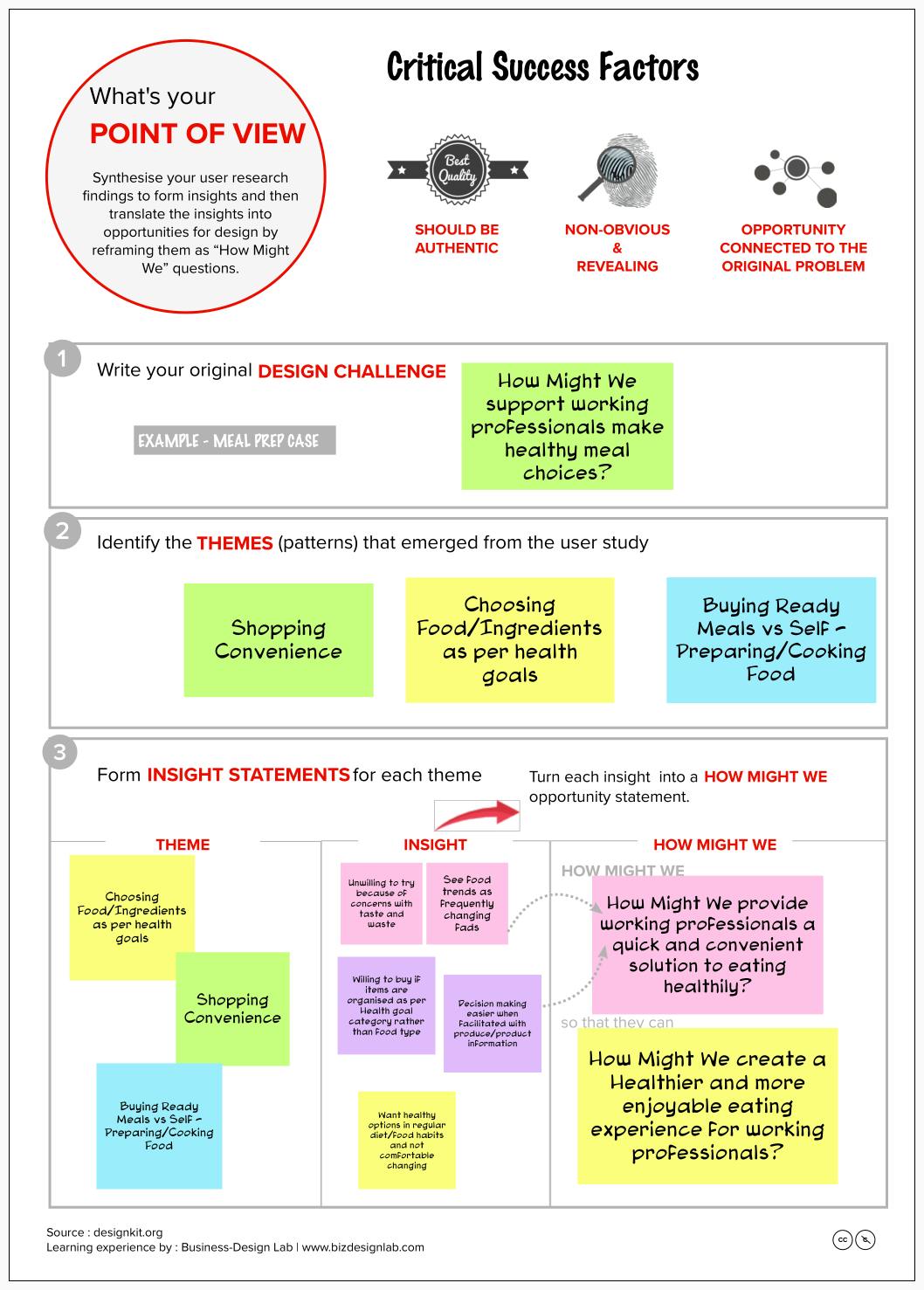Share
Explore
DEFINE PHASE
 FORM YOUR POINT OF VIEW
FORM YOUR POINT OF VIEW
🗝️ STEPS
💯 TIPS
📖 HEALTHPLATES CASE

Want to print your doc?
This is not the way.
This is not the way.

Try clicking the ⋯ next to your doc name or using a keyboard shortcut (
CtrlP
) instead.